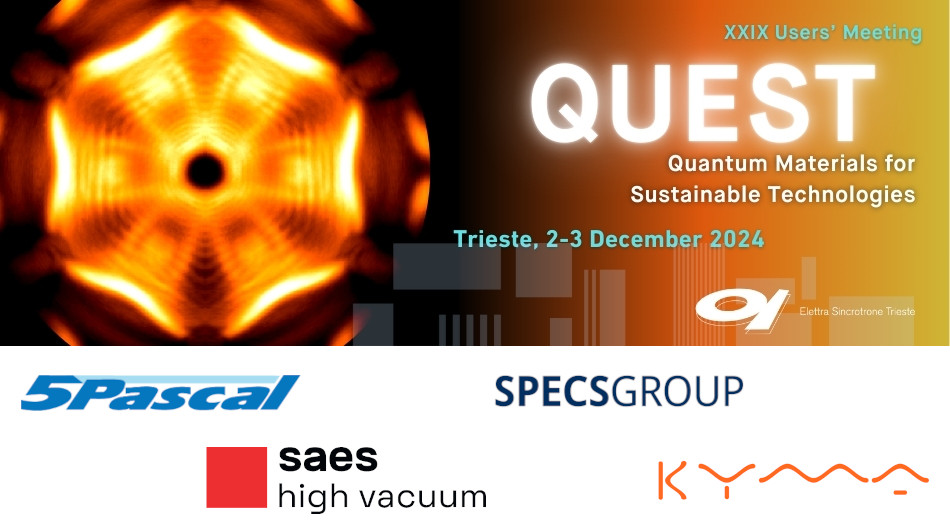Speaker
Description
The intrusion of transition metals (TMs) into two-dimensional (2D) layers of organic molecules self-assembled over metallic substrates significantly affects the properties of the resulting metal-organic frameworks (MOFs). A previous study demonstrated the impactful effect of Ni adsorption on the geometrical arrangement and electronic properties of a 1,2,4,5-tetracyanobenzene (TCNB) monolayer deposited over Ag(100)$.^{[1]}$ In this study, Fe and Co are introduced as alternative TMs, while maintaining the same organic ligand, with the aim to engineer the electronic structures of the corresponding MOFs$.^{[2]}$
After establishing the equivalent geometrical arrangement of the three MOFs, a combined experimental and theoretical approach is applied to evaluate the electronic features near the Fermi level. Experimentally, photoelectron emission microscopy (PEEM) is employed to investigate the evolution of the band structure in the three MOFs relative to a monolayer of TCNB molecules on Ag(100). The experimental data suggest that the introduction of TMs induces the formation of new hybrid states, primarily with $\pi$-character, whose energy positions and bandwidths vary strongly depending on the TM.
To further interpret the experimental data, structural models of the three MOFs are optimized using DFT calculations based on the geometrical insights. The resulting density of states and band structures manifest strong agreement with the experimental data, confirming the formation of hybrid states and a predominantly $\pi$-character interaction. Indeed, the overlap involves mainly the TM $d_{xz/yz}$ orbitals and the TCNB LUMO, all of which are out-of-plane orbitals. Additionally, the differing energy distribution of the 3d states in the three TMs explain the varying energy positions and bandwidths of the hybrid features, with the orbital overlap increasing from Ni to Fe.
[1] D. Baranowski et al., ACS Nano 18, 19618 (2024)
[2] S. Mearini et al., Adv Sci, 2404667 (2024)

